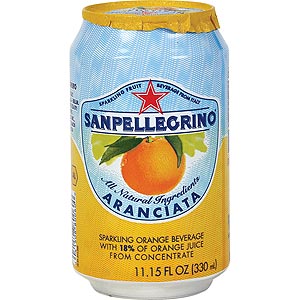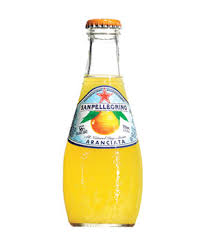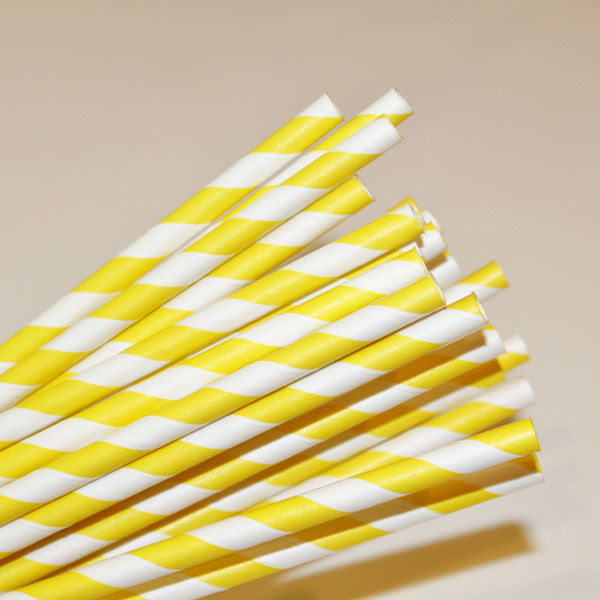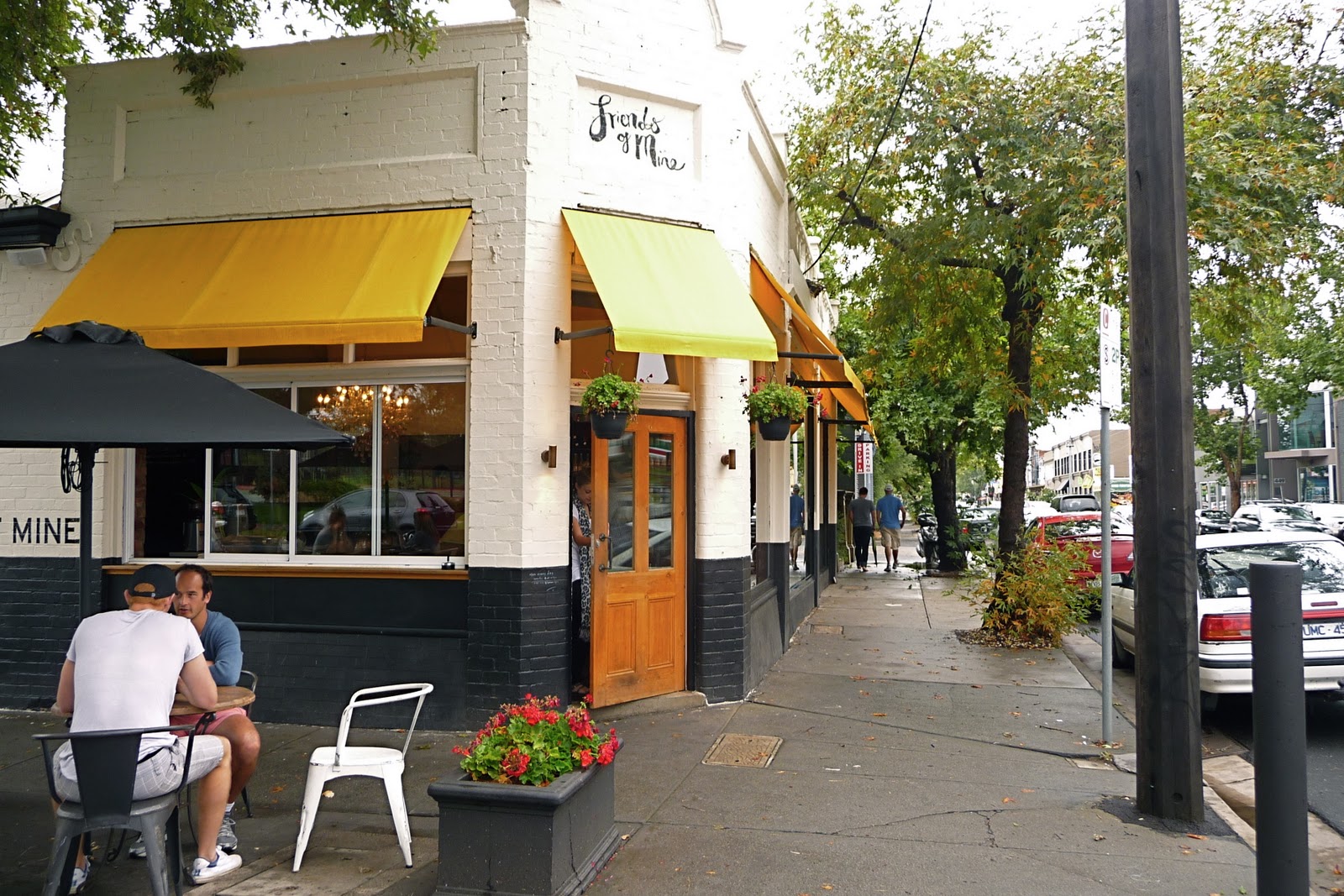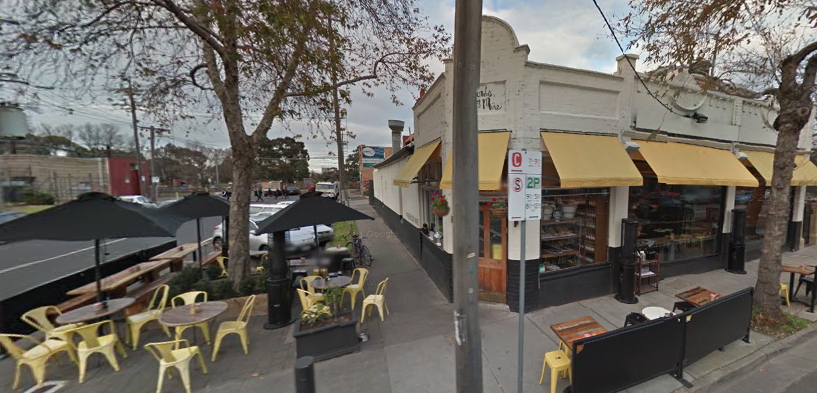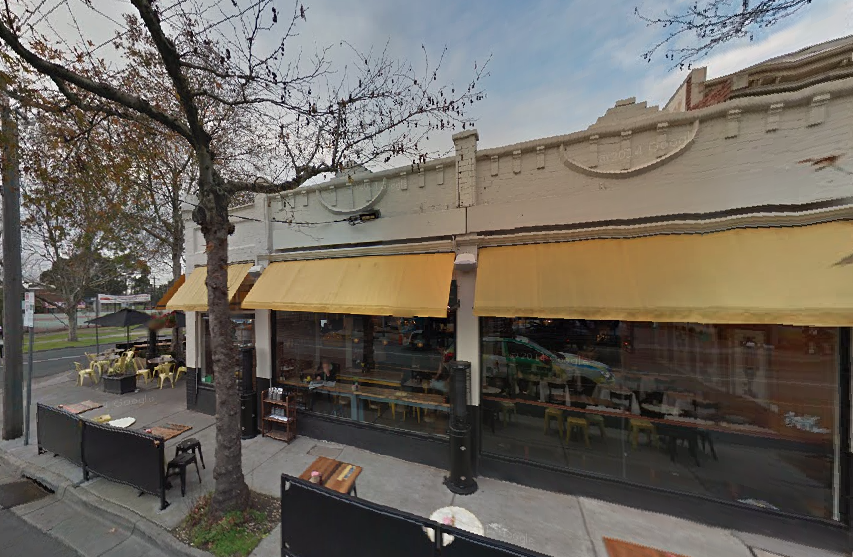For my substantial post, I have decided to reflect through my blog posts as I have tended to document most of the work I have done in and outside of class this Semester. I have decided to separate my substantial pot into four sections-
1: weekly epiphanies
2: Found Scenes
3: My Method of Workings
4: Work I’ve made this semester.
I will reflect on all of these sections, outlining what I have learnt, what interested me and how
1: Weekly Epiphanies
For my weekly epiphanies I developed questions, that I necessarily didn’t answer, but discussed anyhow. I struggled with some epiphanies, however, mainly came up with my epiphanies after readings; even from other courses.
week 2 How long do they debate on how to portray the style of direction they chose to take for a film? The stylistic choices tend to frame the idea behind a film as well as ‘hold’ the genre of the storyline. I would like to know if there is an actual process that a director takes when deciding how to portray the style of a film they are directing.
How does a director come to the decision of what style they choose to direct their film in?
week 3 I begun to think about the ‘preparation’ that goes behind documentary making.
-Do documentary makers have a specific ‘storyline’ in mind when they begin to make their films, or do they have a subject of interest and by filming such subject with the point and shoot method, then develop a storyline as true events unfold?
-How much of real documentaries are real? Can you manipulate the feelings of the audience in the same way as scripted fictional films?
-Do the documentary makers have to film what they can and they consider the possibilities of assembly after they shoot their footage as what they shoot is to an extent unpredictable?
week 4 Week four’s epiphany wasn’t a series of questions however, rather it was after watching a music video by Jungle titled Julia, that I felt an overwhelming sense of accomplishment that the director achieved with this video. The overall choreography of the dancers movement, the camera moving (on a dolly) and the lighting that changes, which ultimately changes the way we see the dancers.
week 5 In week 5 I discussed my epiphany of the ‘soundtrack’ and the way it gives audio queues to an audience in relation to what is happening and what is about to happen, or what has just happened. For example, in horror films, these movies rely mostly on sound in the sense of the audience feeling suspense, excitement, horror and fear.
week 7 In week seven I had an epiphany about explosions and how much organisation goes into filming an explosion. The hospital scene from the batman movie with Heath ledger was my inspiration. I began to think about how many different cameras you would need to film all the different angles of the explosions so that you don’t have to do that many takes, as well as the crew and equipment maintaining a safe distance and the imp
2: Found Scenes
My first found scene deconstruction in week 2 was from the film Night On Earth. The scene that I analysed was that of Winona Ryder as the taxi cab driver. What interested me about this scene in particular was the fact that the majority of this scene was shot within a confined space. I was interested as to how the film makers went about keeping the audience interested in a scene in which a majority of it was in the same spot. The way they changed things up a bit was by simply just changing camera angles, and the fact that their dialogue was relatively interesting. It made me think about how I could learn of ways to make a small limited location work in my favour and what other elements need to be better to make these issues okay.
In week 3 I analysed the ‘Stuck in the Middle with you’ scene from the movie Reservoir Dogs. Similar to the cab scene in Night On Earth, a lot of the scenes from this film take place in the warehouse. Like Night On Earth this scene made me interested in how to utilise space and a limited location to make a scene and movie as amazing as Reservoir Dogs is. Another reason why I chose this scene is because this scene, similar to a lot of Quentin Tarantino’s other films consists of lengthy shots. Quentin films a lot of his scenes in lengthy takes and makes the shots interesting by utilising camera movement to keep the scene interesting.
In week 4 I analysed a scene from the movie The Theory Of Everything. This scene interested me because of the amazing lighting and use of Bokeh. The lighting in this scene makes the characters look like they are in a magic-like fairy land and it controls the way we feel about the two characters within the scene. The lighting in the background is out of focus but makes the characters look good (not evil) and happy.
In week 5 I analysed The end scene from Thelma & Louise just before they drive off the cliff. In this scene I analyse the camera shots and how many there are, how many different camera angles they used, as well as the fact that the director and editor decided to use mainly close ups for this scene. This being to make the scene feel more intimate, and bring the audience in with the action.
In week 6 I analysed the “I’m very, very dirty” scene from American Beauty, in which Lester dreams about walking in to the bathroom to find his daughters friend bathing in rose petals. I analysed the soundtrack in this scene and how well the sound and music changes as this scene plays through. The music shifts as the scene plays out and I think the editors did an amazing job with the music in this scene as it is pivotal to the audience’s perception of the scene as it unfolds.
In week 7 I analysed the music video by Tyler The Creator titled Yonkers. This scene analyses the rappers music video in which it consists mostly of one take, until the end where the edits begin to come in. The director and editors have made this scene interesting firstly by the minimalist effect of the rapper as he sits on a stool rapping, eating a cockroach, vomitting and eventually hanging himself. Despite this sounding rather dark, the music video doesn’t necessarily give off a ‘dark’ vibe. The camera pulls in and out of focus when Tyler does the more gruesome things so that his body becomes a silhouette of black and we just see his outline do the action i.e. eat the cockroach, throw up and then hang himself. This is interesting because a lot of effort would have gone into this so that Tyler could get the take right all at once, and then the camera also be able to move and pull in and out of focus at the right times.
3: My Method of Workings
My method of working posts led me to the decision to explore ‘colour’ in film. Before I came to this decision, I started off with watching films as research, searching for elements that interested me. I began with what I am interested in personally in film and what I want to achieve from this course. I know that I am interested in directing and thus I began to think about creative choices of filmmaking. I discussed how my ideas tend to come to me when i’m day dreaming whilst driving , on the train, thinking of other things etc. I decided to start writing down my ideas in my notes on my phone as well as in my organisational diary. This enables me to reflect and make sense of my thoughts later. My fourth post in my method working was where I started thinking about the control of scenes, for example the organisation before filming to make a scene the best it can be. My fifth post was where I began to talk about colour and my interest of colour within scenes in films. I began to research directors that have exceptional colour direction in their films, such as Wes Anderson and Jean-Pierre Jeunet. I focused more on Wes Anderson as conscious colour decisions are consistently evident in his films. Wes tends to work with colour palettes for his films, even though this isn’t the only element that makes his films truly amazing, I decided to focus mainly on this. I began to think of locations and what locations would be best for me to use in my scene. I began to develop my 3 minute proposal and this really helped me hone in on my desires for the scene. I decided to research the effect of designing a set in specific colours to generate a mood for the scene. I know that colour in the set isn’t the only element that colour covers in films, so I decided to see what colour covers in the other aspects to films. I looked into how colour can be associated to a specific feeling, character, group of people, location, ideology etc. I began to research what colours I wanted to be in my scene. I ended up deciding that I wanted red and yellow as the main colours in my scene as I already had a lot of red objects for one part of the scene in the living room and secondly knew a location where I could have yellow as specific colour.
Work I’ve done this semester
In my research of colour I decided to show the effects of colour masking in Adobe Premiere for my 40 seconds of screening. I made a post on my colour masking experiments using the material I filmed.
My Process for Colour Masking
I also have included a rough cut edit of the scene in which shows my experiment with colour
https://vimeo.com/129406090









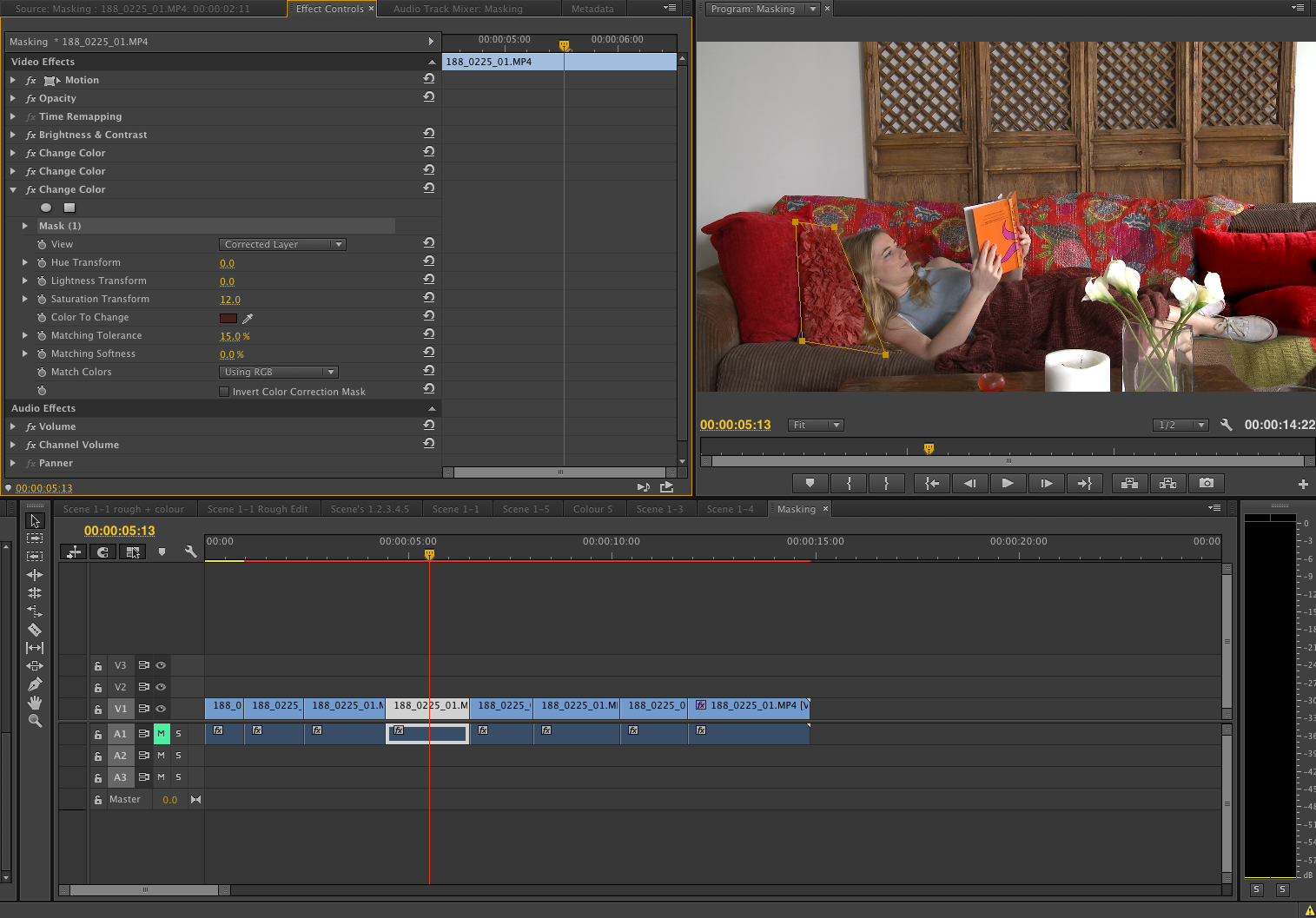
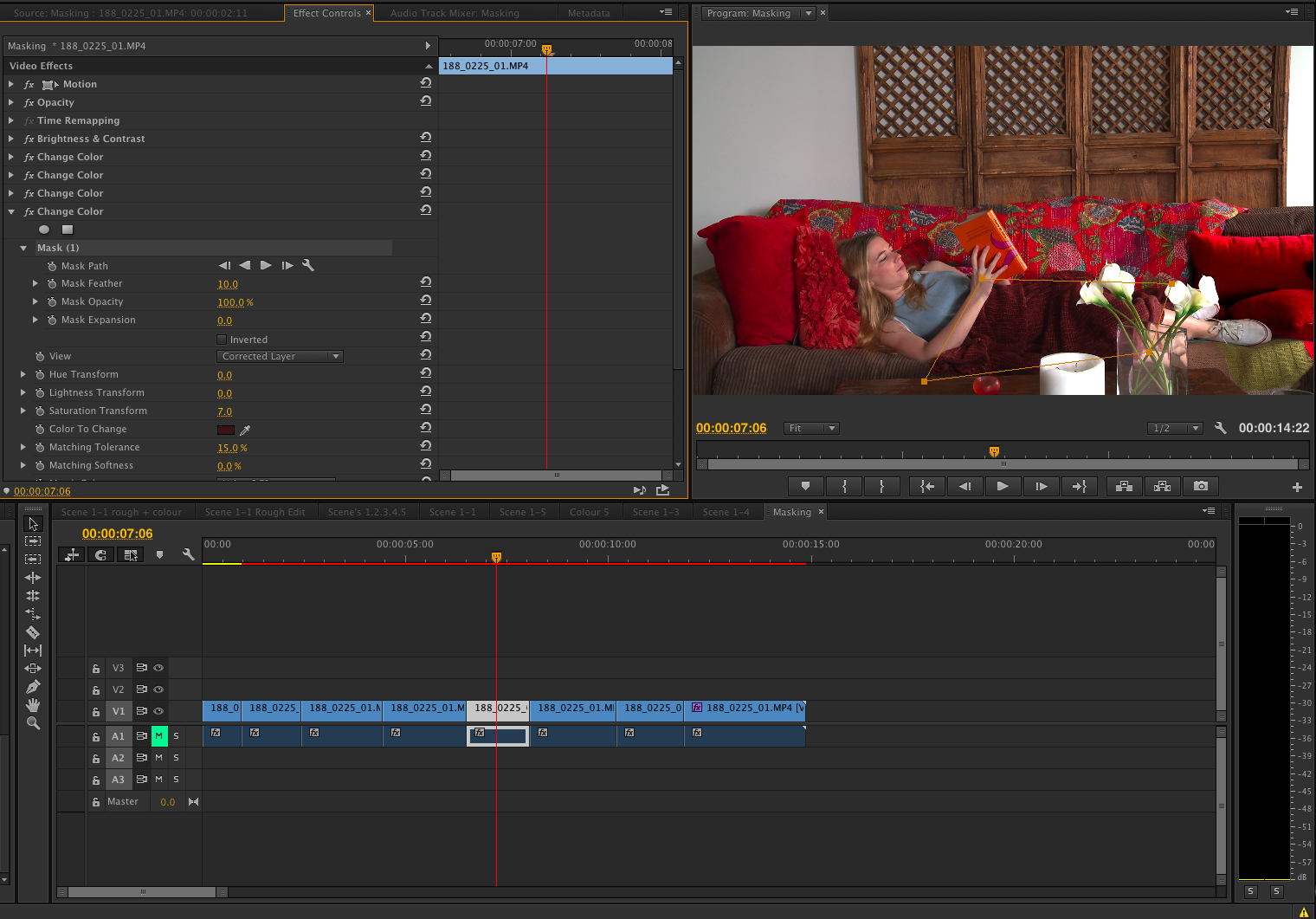

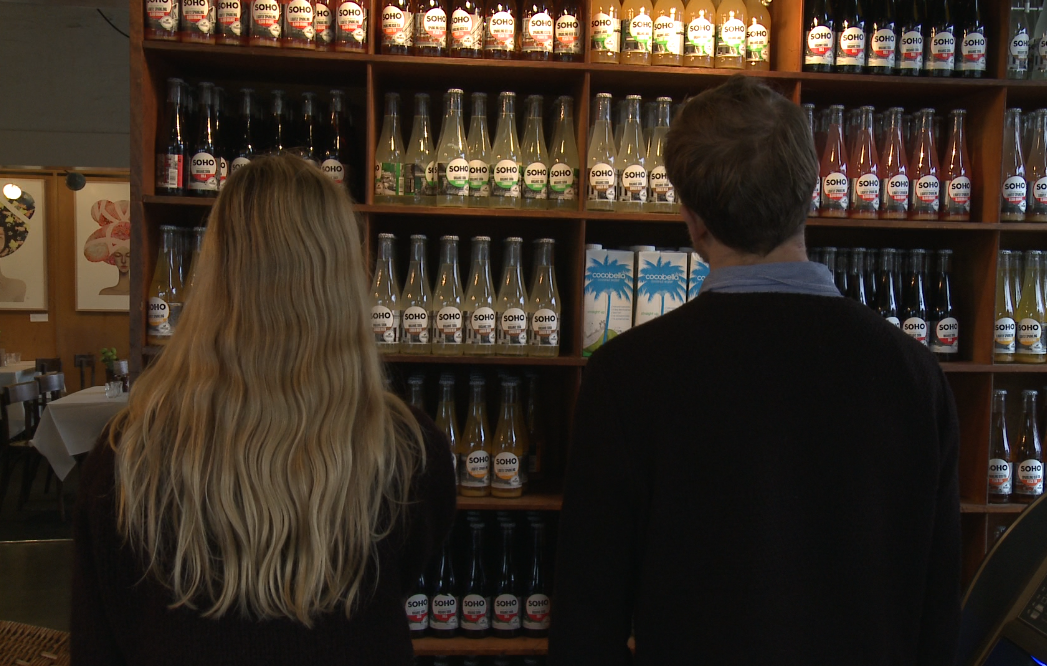


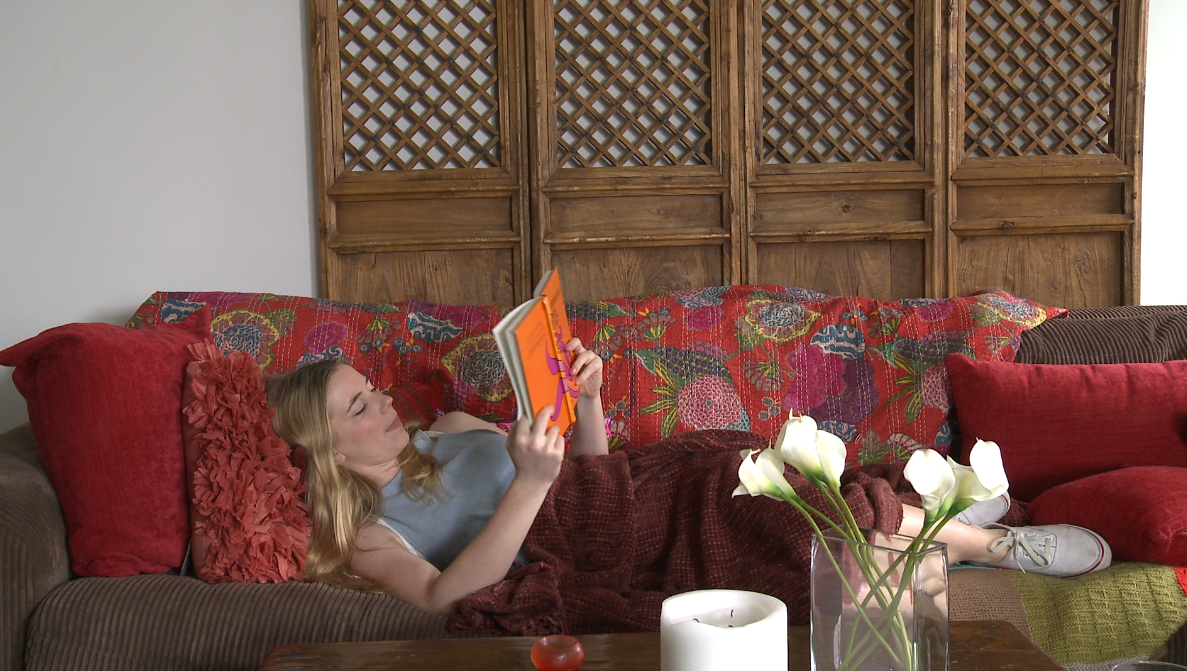

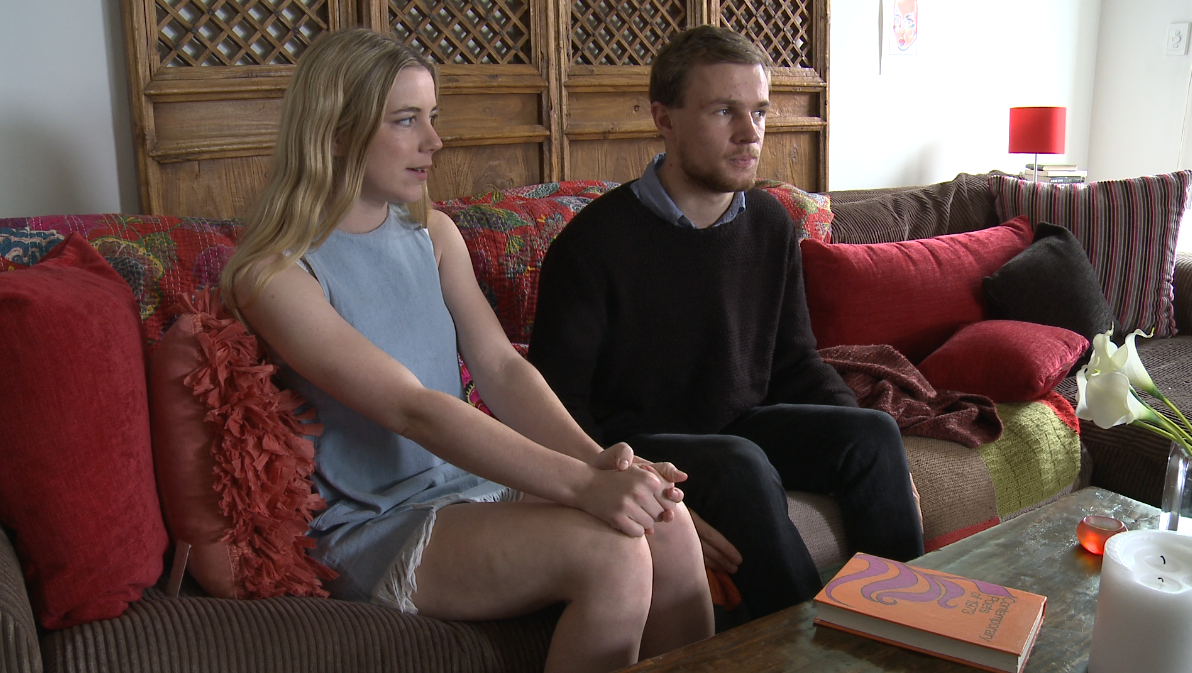
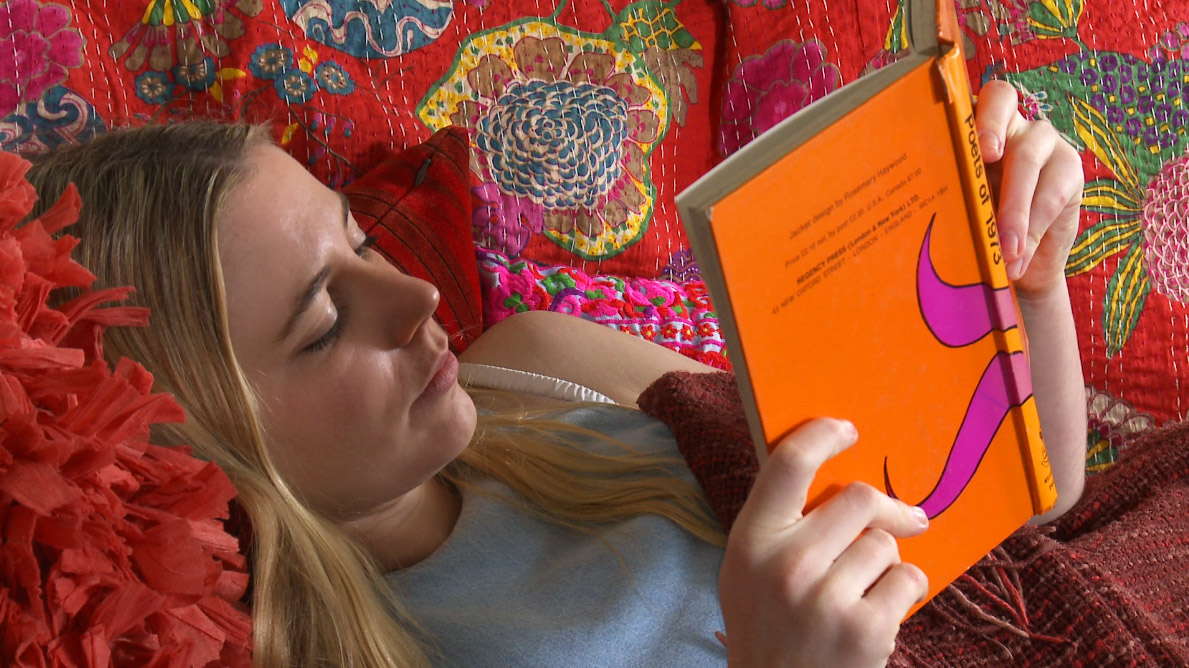
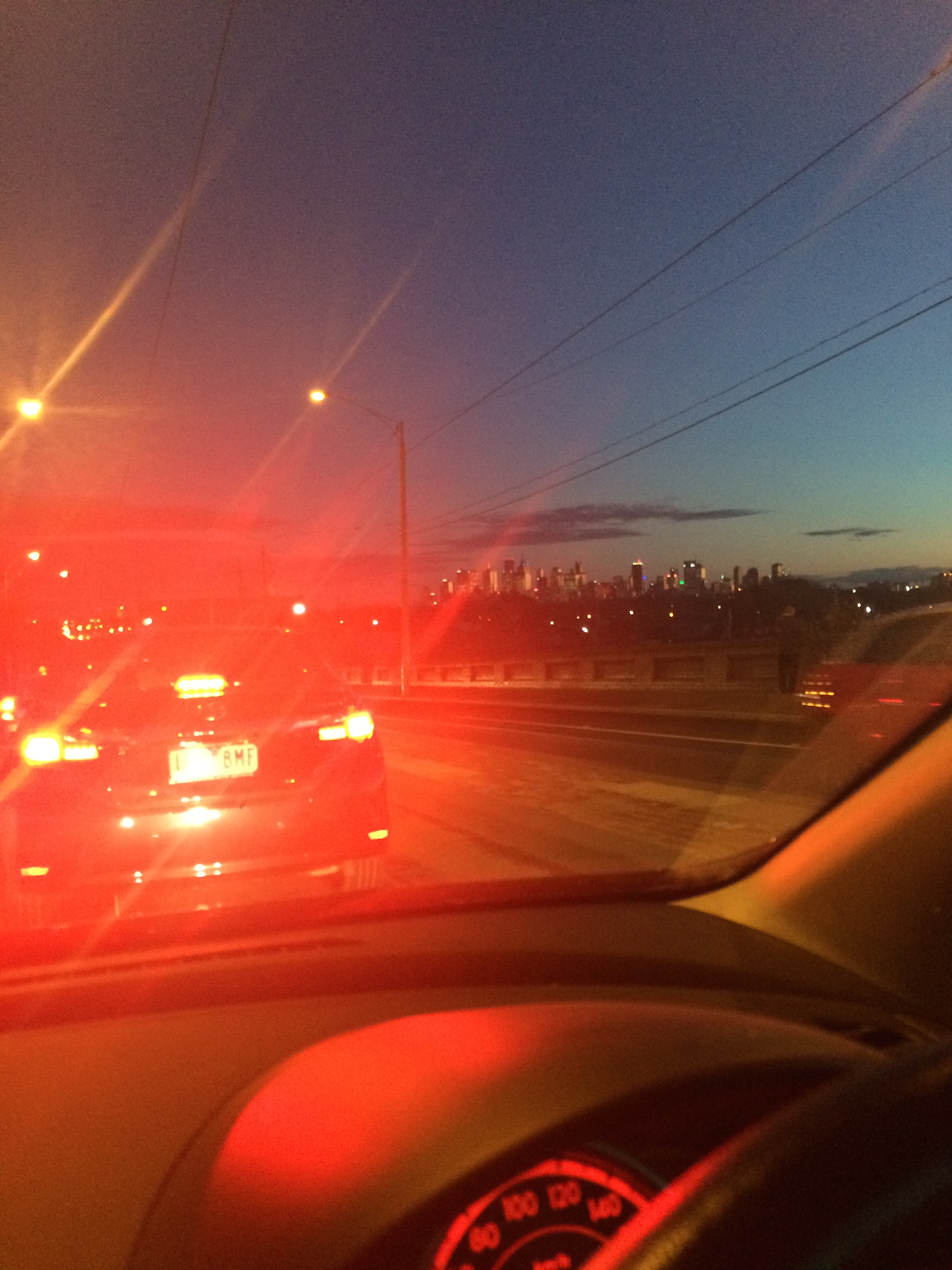
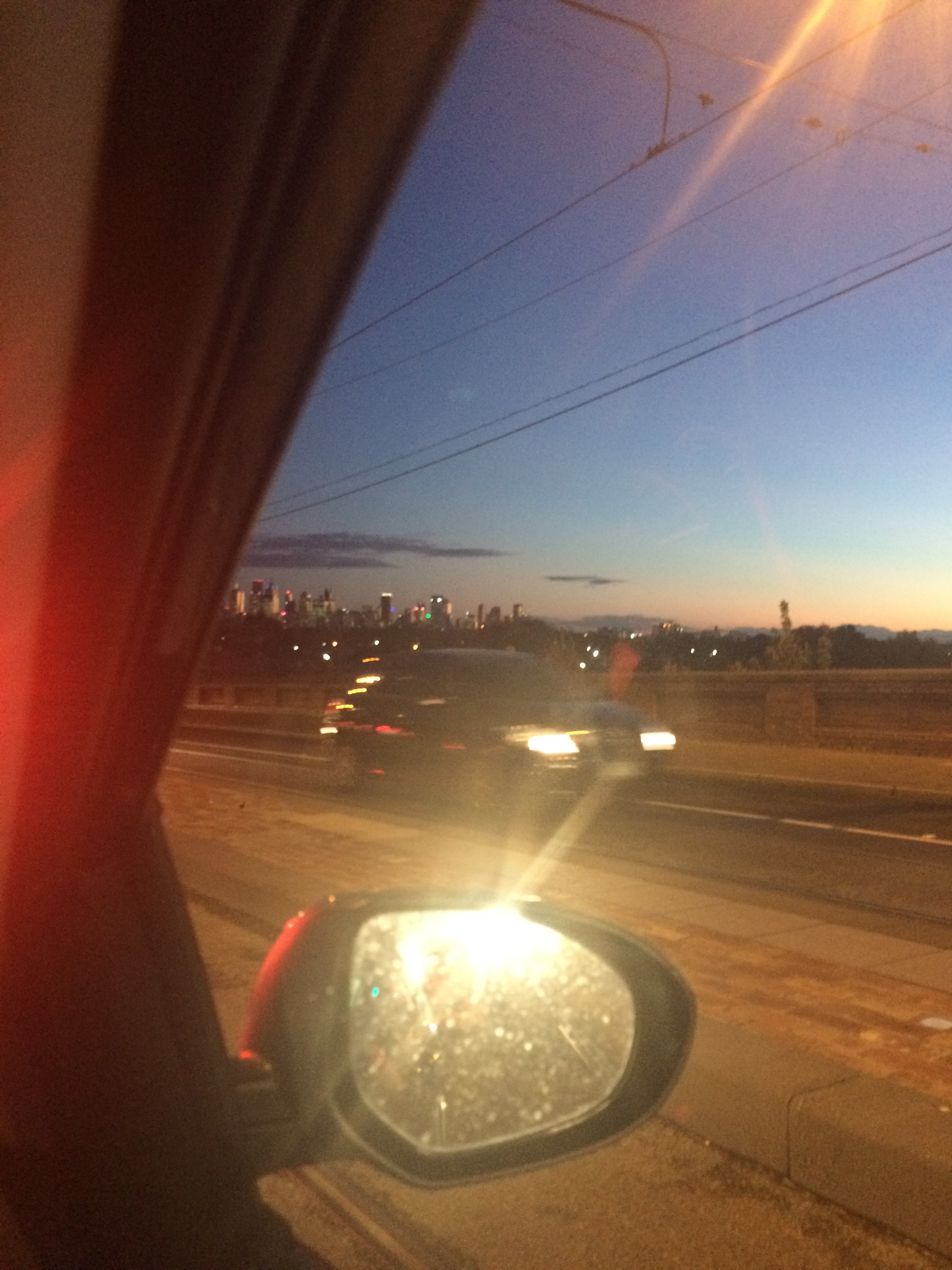
 I will utilise that someway as well when I colour correct later. I would have her in a yellow sundress. I will most likely need to go to an opp shop to find something that is a proper yellow that I am looking for. I will also look
I will utilise that someway as well when I colour correct later. I would have her in a yellow sundress. I will most likely need to go to an opp shop to find something that is a proper yellow that I am looking for. I will also look 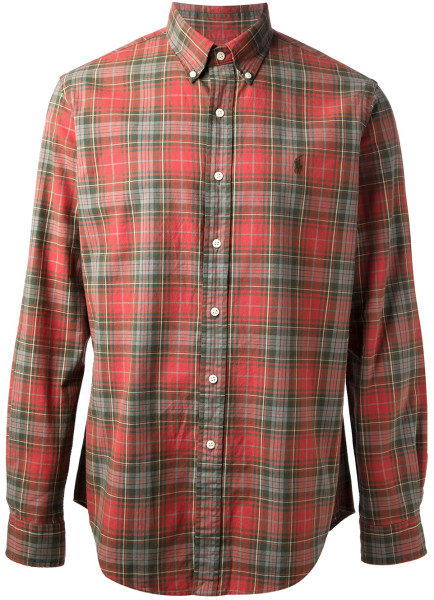 for yellow props that can be incorporated into the scene. I want the boy to wear a plaid type shirt that is a bit worn. They will both have jackets or jumpers that they will take off throughout the scene. But I won’t show them taking them off
for yellow props that can be incorporated into the scene. I want the boy to wear a plaid type shirt that is a bit worn. They will both have jackets or jumpers that they will take off throughout the scene. But I won’t show them taking them off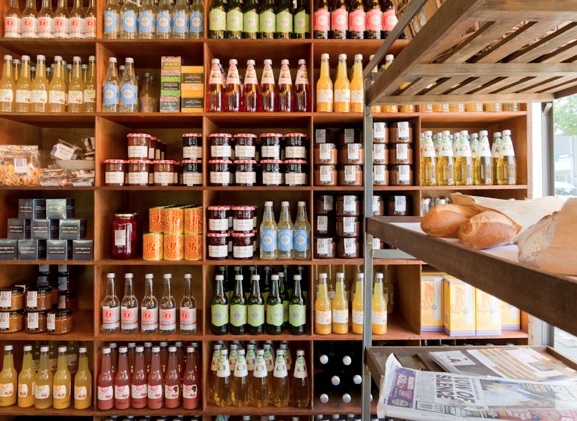 , they will just have it tied around their waist in the next scene. I need to go into the actual store and request permission for filming in this location. If they agree, I will need to take a lot of photos of where the couple will sit, where they will walk, etc. I don’t want to include the waiters or waitresses conversing with the two. If I did include interaction with the workers, I would have only them pouring water into their glasses.
, they will just have it tied around their waist in the next scene. I need to go into the actual store and request permission for filming in this location. If they agree, I will need to take a lot of photos of where the couple will sit, where they will walk, etc. I don’t want to include the waiters or waitresses conversing with the two. If I did include interaction with the workers, I would have only them pouring water into their glasses.